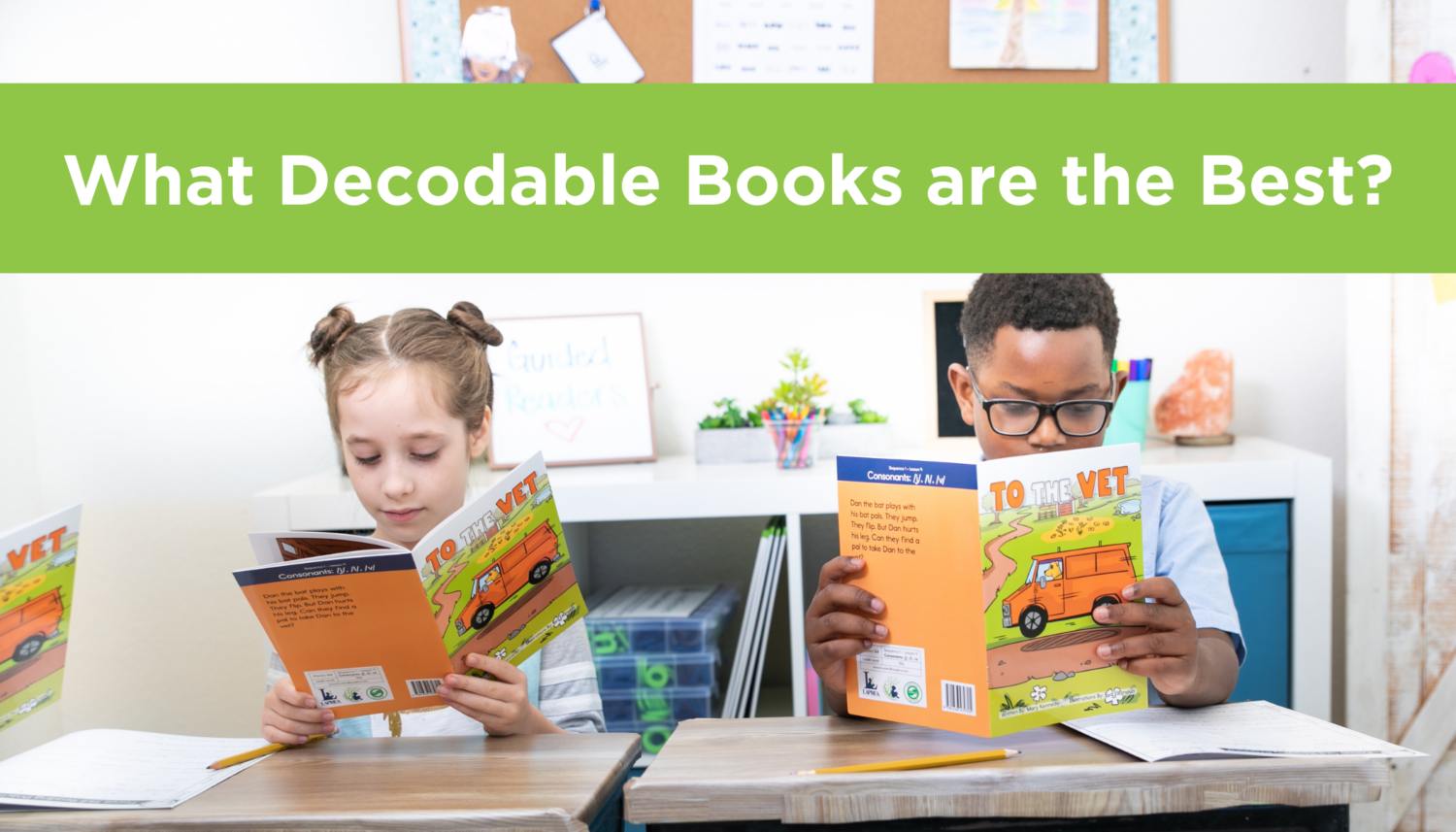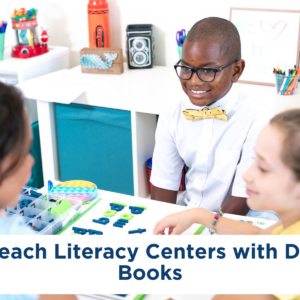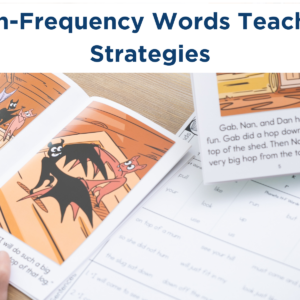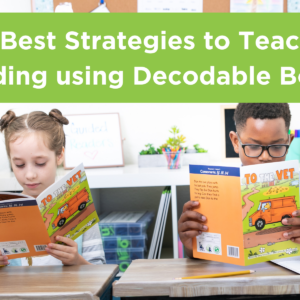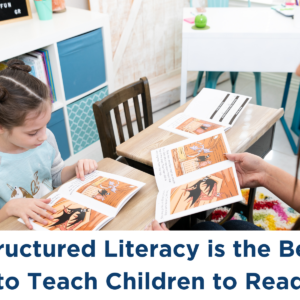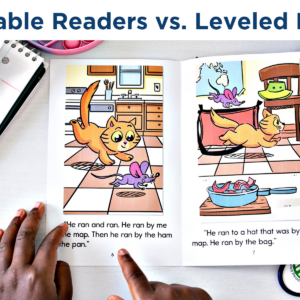What Decodable Books Are The Best?
We get this question all the time and understandably so! With the push towards the Science of Reading Research and Structured Literacy, teachers are wondering where and how they can find the best decodable books.
We understand the need teachers have for quality decodable books.A study using decodable texts in a tutoring program for at-risk early readers showed readers improved significantly in decoding, reading words and passages, and comprehension when compared to a control group. First graders were randomly assigned to two intervention groups, differing by the level of decoding, and a control group. The findings showed that while the intervention groups outperformed the control group, there was no difference in post-test scores between the two intervention groups. This suggests that the use of decodable texts positively contributes to reading development among children who may be struggling with reading (Jenkins et al., 2004).
The goal is to align decodable books to phonics lessons. I am in so many Facebook groups where I hear teachers ask, “What are the best decodables to use?” That is NOT the question we should be asking! The question we need to ask is, “Which decodables match the scope and sequence that I am using in my classroom?”
Ultimately, the phonics lesson sets the stage for introduction of the decodable book. It’s important to use the decodable books as a means for students to apply the phonics skills they just learned, and decodable books are most effective when used directly after a phonics lesson.
Not all decodable book series will align. This may result in teachers having to search through decodable books to create a list of how the books align to the scope and sequence being used in the classroom.
One size does not fit all when it comes to decodable books!
We do not claim to have a decodable book for every scope and sequence. However, we have plenty of decodable books that align to some of the most popular and widely-used scopes and sequences.

We have an explicit scope and sequence within our Structured Literacy with E.A.S.E. curriculum that aligns with our decodable books. We also created Developing Decodable Books to align to UFLI’s scope and sequence.
To see how the books align to UFLI’s scope and sequence, you can review the Decodable Text Guide which is here, We are listed in column S.
Decodable books complement and reinforce the learning that takes place within the classroom. Focused on phonics, decodable books can transform how your students read.
When you align decodable books with phonics lessons, it’s like choreographing a dance between decoding mastery and application.
If you do not have a systematic and explicit scope and sequence, don’t worry! Laprea Education has a FREE one you may use as you begin your structured literacy journey.
“Why use an explicit scope and sequence?” you ask. Good question! Click here to read the answer in one of our previous blog posts.

Now that you have an explicit scope and sequence and access to Developing Decoders, the next step is all about how to use a decodable book in your classroom instruction. Here is a YouTube video you can watch to help you implement this change.
It’s time to get started! You can implement the following strategies:
- Storytelling/sequencing: Each decodable book has a simple storyline. This is the perfect resource to test your students’ comprehension. Ask them to practice storytelling and review the events of the story in sequence.
- Vocabulary and skills review: Each book in the Developing Decoders line contains a table at the beginning of the book. In it are listed warm-up words that review previously-taught phonics skills as well as high-frequency words to review.
- Word mapping: To reinforce phonemic awareness, introduce word mapping and word chaining activities. Word mapping will help your students connect the sounds they hear to the letters that represent each sound. This is crucial to learning the alphabetic principle.
I suggest using Map-Its paddles (now available on Amazon). Using these paddles, students can map the words they might encounter in the decodable book. (Click HERE to watch a full video that goes into detail on word mapping using these specific paddles).
If you want to see what the hype is all about with Developing Decoders, don’t worry. You can download 16 FREE decodable books immediately and start implementing them in your classroom.
Get 16 FREE Decodable Books HERE
We hope you found this helpful in answering the question, “what decodables are the best?” To summarize, be sure you are aligning decodable books to your scope and sequence. Once you have done that, create a plan to use them daily in your phonics instruction in fun and creative ways.

